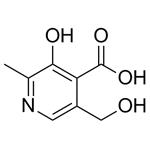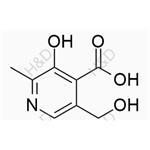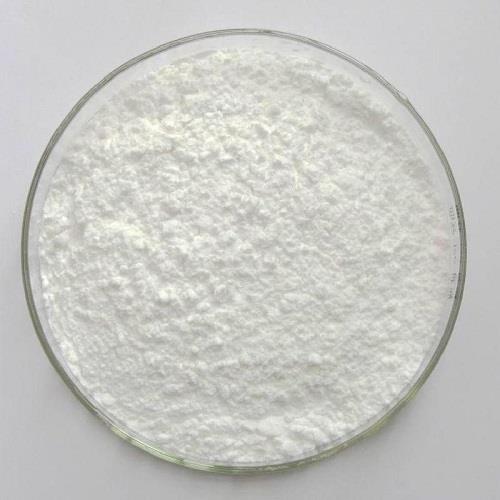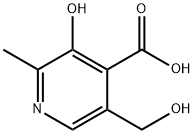What is 4-Pyridoxic acid?
Sep 2,2021
4-Pyridoxic acid is the catabolic product of vitamin B6 (also known as pyridoxine, pyridoxal and pyradoxamine) which is excreted in the urine. Urinary levels of 4-pyridoxic acid are lower in females than in males and will be reduced in persons with riboflavin deficiency.
4-Pyridoxic acid is formed by the action of aldehyde oxidase I (an endogenous enzyme) and by microbial enzymes (pyridoxal 4-dehydrogenase), an NAD-dependent aldehyde dehydrogenase. 4-pyridoxic acid can be further broken down by the gut microflora via 4-pyridoxic acid dehydrogenase. This enzyme catalyzes the four electron oxidation of 4-pyridoxic acid to 3-hydroxy-2-methylpyridine-4,5-dicarboxylate, using nicotinamide adenine dinucleotide as a cofactor.
Uses
4-Pyridoxic acid (4 PA) is the end product of vitamin B6 catabolism. 4 PA can be measured in serum, plasma, or urine and reflects recent intake. PLP and the B6 vitamers are most commonly measured by HPLC using fluorescence detection. Chemical derivatization (sample, online, or postcolumn) is almost always used to enhance PLP fluorescence. HPLC-MS/MS methods for measuring B6 vitamers are emerging. Plasma PLP can also be measured enzymatically, either by radioactive or nonradioactive assays.
- Related articles
- Related Qustion
(R)-3-((tert-Butoxycarbonyl)amino)-4-(2,4,5-trifluorophenyl)butanoic Acid has been used as a reactant for the preparation of dipeptidyl peptidase-4 (DPP4) inhibitors for the treatment of type 2 diabetes, such as sitagliptin.....
Sep 2,2021Pharmaceutical intermediatesDoxorubicin hydrochloride is an antitumor antibiotic agent that inhibits DNA topoisomerase II. DNA intercalator that inhibits nucleic acid synthesis and induces apoptosis. Reduces intracellular tau levels.....
Sep 2,2021API4-Pyridoxic acid
82-82-6You may like
4-Pyridoxic acid manufacturers
- 4-Pyridoxic acid
-

- $3.00 / 25KG
- 2025-06-21
- CAS:82-82-6
- Min. Order: 0.01KG
- Purity: 99%
- Supply Ability: g-kg-tons, free sample is available
- Vitamin B6 Impurity 49
-

- $0.00 / 100mg
- 2025-06-18
- CAS:82-82-6
- Min. Order: 10mg
- Purity: 95
- Supply Ability: 100000
- Vitamin B6 Impurity 49
-

- $0.00 / 10mg
- 2025-03-04
- CAS:82-82-6
- Min. Order: 10mg
- Purity: 98%
- Supply Ability: 500mg





